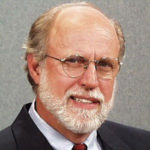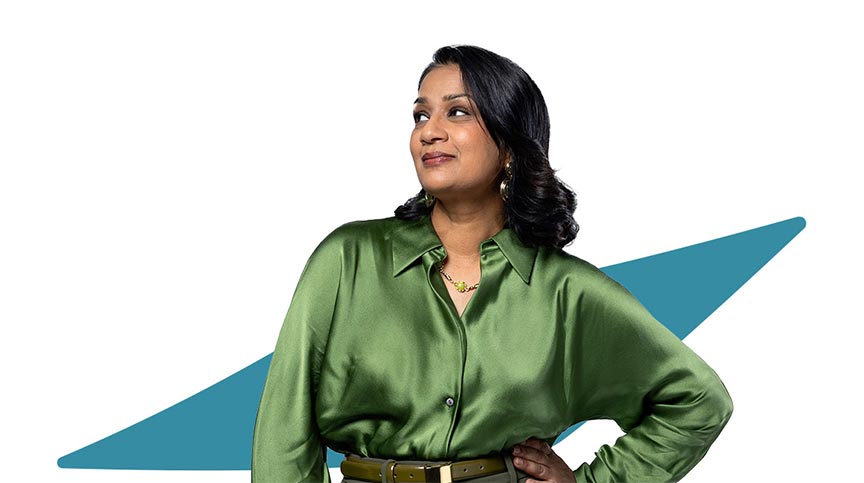How Mediated Dialogue Can Help Your Change Management Efforts
The term “mediated dialogue” is probably not in your vocabulary — much less in your toolkit for leading change. But if you’re struggling to become a successful change leader and the same old change management tactics are falling short, read on.
Most ordinary conversations — and typical organizational change management practices — are driven by explicit or implicit advocacy for a particular point of view, with very little questioning or reflection.
Dialogue is a kind of conversation that shifts the balance to inquiry. Rather than driving an opinion, dialogue involves collaborative inquiry into opinions and underlying assumptions. In this way, the group gains deeper understanding, greater clarity, more options, and multiple right answers.
At CCL, we’ve been facilitating dialogue in various ways for several decades, refining our approach and creating new tools to make conversations — especially difficult ones — more useful, authentic, and, often, developmental.
We believe that better culture starts with better conversations, and mediated dialogue is one unusual and effective approach we developed to help facilitate better dialogue.
Mediated dialogue uses interesting, tangible images or objects to spark reflective, insightful conversation. It’s the process of “putting something in the middle” — specifically something visual, like pictures, postcards, photos, even small mementos — and allowing them to lead with pictures and enabling conversations to shift from familiar and predictable to revealing and powerful.
Mediated dialogue helps people identify opportunities and obstacles, address unspoken realities, surface concerns, and create a shared understanding that will guide the path forward. The use of visuals and images can enhance and focus (“mediate”) otherwise difficult conversations — and change the way we talk about change.
This may seem theoretical, vague, or touchy-feely, but we’ve seen the process work (almost without fail) with people across industries, cultures, ages, and experience. Even the most linear, logical, and pragmatic personalities (think military generals, engineers, scientists, and Type-A professionals) appreciate mediated dialogue as a way to cut to the heart of issues and uncover multiple right answers to daunting questions.
In the context of leading change, mediated dialogue proves particularly valuable in what we call the “Discovery” stage of leading complex change, in building an understanding of the context. Mediated dialogue allows people to ask and answer questions such as:
- What’s the need for change?
- Will it be evolutionary or revolutionary in nature?
- What’s the scope? What’s the urgency?
- What communities, stakeholder groups, and change agents need to be considered?
- Who’s leading the change?
- What’s the change strategy?
- What’s the level of alignment and commitment?
- How do I deal with change?
- What is my role as a change leader?
Why Mediated Dialogue Works
4 Reasons to Lead With Pictures
Getting at these collective and individual questions isn’t easy or automatic for most people. But mediated dialogue promotes honest discussion, generates buy-in, and enables creative, productive conversations. The reason it works hinges on several factors, including:
1. Mediated dialogue reduces anxiety and defensiveness.
Mediated dialogue can help lower personal defenses (such as avoiding embarrassment or fear of exposure). It also helps counter the organizational-level defenses (i.e., maintain the status quo, don’t question the hierarchy, etc.) and promote psychological safety. By engaging a group with “something in the middle,” the undiscussable can become more discussable.
2. Mediated dialogue overcomes the awkwardness of “empty space.”
People are given a focal point and a process that jump-starts conversation. The typical approach to facilitating dialogue involves creating “empty space” for conversation. But in practice, that can easily become intimidating: People struggle to come up with the “right” thing to say, or the most vocal or authoritative person fills the void and directs the discussion.
3. Mediated dialogue is user-friendly.
Conducting a mediated dialogue session is fairly simple. For those participating in the conversation, the process is easy to grasp, and going through the process comes naturally. Almost everyone becomes engaged when they realize the images are the means to an insightful conversation about a topic that matters to them.
4. Mediated dialogue initiates collaboration.
Images in the middle help people collaborate across all kinds of boundaries, including differences in spoken language and national culture. It helps people connect across organizations and societal stakeholders, hierarchies and functions, expertise and experience, silos, and partnerships in order to initiate collaborative, interdependent work processes across the value chain.
Ready to try it at your organization? To get started using mediated dialogue, introduce an issue or question to the group, and allow group members time to jot down their initial thoughts and reactions. Then, without speaking, have everyone browse through the images you provide and choose the one that depicts the problem or issue for them.
Instruct everyone to pick a card for each question. The discussion begins with group members taking turns sharing what they see in their image and why they chose it. The conversation then shifts to finding commonalities and differences, sharing insights, and offering ideas. Then, turn those ideas into creative conversations.
Read our white paper to learn more about how to use mediated dialogue to facilitate conversations at your organization.
Ready to Take the Next Step?
Want to try mediated dialogue to facilitate more powerful, productive conversations about change at your organization? Check out our Visual Explorer® cards — a set of more than 200 photographs and art prints.











